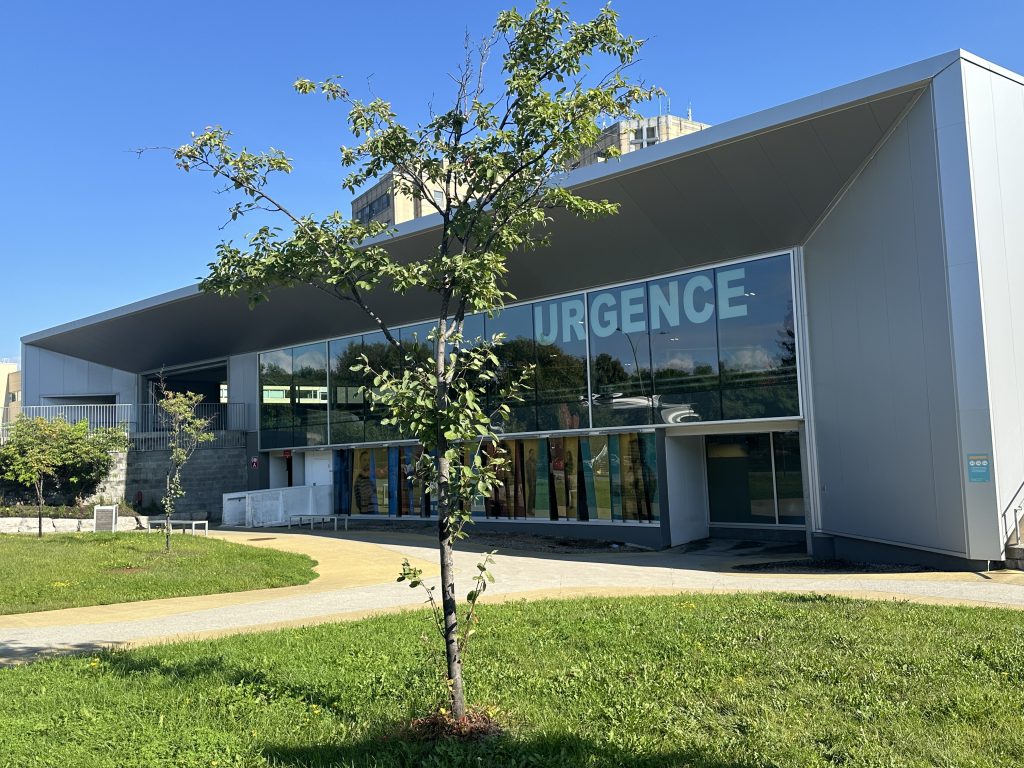Summer wave of COVID-19 cases in Quebec tied to new variants: expert
Posted September 1, 2024 12:52 pm.
Last Updated September 2, 2024 11:56 am.
There was another wave of COVID-19 cases this summer in Quebec, likely driven by variants that — according to early data — are more fatal than previous ones.
Cases, hospitalizations and deaths in Quebec due to COVID-19 have been rising steadily since April.
There were 450 people in hospital in the province with COVID-19 on April 21 — the lowest total for the entire calendar year so far. That number rose to 1,409 on Aug. 26.
More than 2,600 new COVID-19 cases have been reported in the province between Aug. 18-24 — a high not seen since January of this year. There were 292 positive cases between April 14-20.
“There are several metrics to support that there’s definitely COVID rampant activity in the community,” said Dr. Donald Vinh, an infectious diseases specialist at the McGill University Health Centre.
“Every time we see a surge in COVID activity and associated hospitalizations, it always seems to be tied to a new variant. So, it is likely that what we’re seeing now is a result of these new variants, especially the KP3 variants and its descendants, like 3.1, etc.”

“In the emergency room, we’re already at overcapacity across the province, to the point where there are many people coming in who need to be evaluated and hospitalized. However, the amount of space in hospitals is limited or finite. This results in overcapacity and overcrowding in emergency rooms, where people are in structures and hallways. This situation is happening across the province while SARS-CoV-2 activity is increasing.”
“We’re not even at the peak of activity, we are not on the downswing, we are on the peak. It’s hard to know what the trajectory of the SARS-CoV-2 course will be, if it continues to increase for the next few weeks or months, this could actually crumble certain health institutions, particularly emergency rooms and that would compromise their ability to deal with other types of emergencies that can happen in the real world like accidents and heart attacks.”

The overcapacity is causing a major issue for those who desperately need medical attention.
“The bad news is that we’re still seeing people who are getting infected. They’re still getting sick,” said Dr. Vinh. “Those sicknesses can still lead them to require hospitalization, even if they don’t necessarily need artificial means to keep them alive or to support them during their illness. It also leads to things like delays in other therapies.”
“So people who have cancers, who need chemotherapy, or people who need surgery, and are also found to have COVID — the COVID-positive status or the COVID infection in those people still lead to morbidity for their problems, right, for their underlying conditions.”
Dr. Vinh feels clinics could be threatened.
“These outpatient clinics, which are not associated with emergency rooms or hospitals, also operate within a fragile system,” he said. “A reduction in capacity at these clinics would compromise the care of other patients. It’s important to remember that SARS-CoV-2 does not function in isolation. As a preventable disease, minimizing its impact can allow the health-care system to function better for other diseases. However, if preventable diseases are not addressed, the health-care system will be further threatened.”
COVID-19 has been the cause of 38 deaths in the province between Aug. 18-24, bringing the total number of deaths in the province to 117 this month, and 748 this year.
“Provincial data in which the death is directly attributable to SARS-CoV-2 or COVID-19 infection, that’s not going down. That’s actually at a level that’s in between what we saw a few years ago and last year, so it’s an intermediate level of mortality rate,” said Dr. Vinh.
The positive test rate has also increased, bringing the numbers to the highest they have been since December 2023, when the resurgence of the virus in Quebec was the biggest in Canada.
“For people who get tested, the rate of those tests being positive for COVID has been increasing from somewhere around two per cent, just about two to three months ago, to now over 20 per cent,” explained Dr. Vinh.
Dr. Vinh says the high levels of COVID-19 cases is concerning.
“If the COVID-19 attributable mortality rate is not decreasing, but is somewhere between high and low — at an intermediate level — that tells us that there are still some important consequences to SARS-CoV-2 infection, including death. This tells us the virus is not in any way becoming more benign.”
Basic measures for those who are at high risk include not being around those who are symptomatic; consider wearing a mask; being in properly ventilated areas; and getting vaccinated.
“There’s going to be an updated vaccine available in about a month or so, and people should be encouraged to take it, especially those who fall into the high-risk categories or could be at high risk,” Dr. Vinh added.








